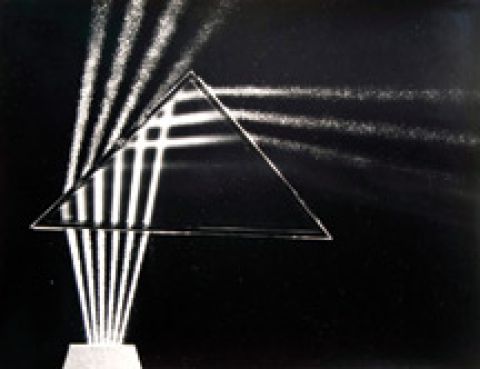Making Science Visible
Exhibition
Making Science Visible
-
Curated By
Curated by Hannah Rogers, Lecturer, Science & Technology Studies Worthy Martin, Associate Professor, Computer Science
This exhibition explores the photography of Berenice Abbott (1898-1991) and its use in both scientific and artistic contexts. It investigates the impact of her work not only in art but also in science, documentaries, and the history of science education.
Abbott trained in New York as a sculptor, but left for Europe in 1921. In Paris, she became Man Ray's photographic assistant and saw the work of photographer Eugène Atget. Abbott is credited with solidifying Atget's legacy by producing prints from his negatives and promoting his photography. In 1929, Abbott returned to New York and began a series of documentary photographs of the city. She directed the "Changing New York" project for the Works Progress Administration in 1939.
By the early 1950s, Abbott was experimenting with photographs of scientific subjects. She produced images of a variety of objects, from magnets and mirrors to insects and roots, which were included in scientific textbooks. Her images represent an unexpected melding of science and art, which produces an aesthetic that compels the viewer while also conveying scientific ideas. Abbott's photographs offer an opportunity to reflect on not only the ways that science influences art, but also on how art influences science. Abbott's photographs are also singular because of their content. While there exists a long and well-researched tradition of artists' involvement with natural history, Abbott's photographs also include physics images that function as two-dimensional models of physics concepts.
The exhibition features works from The Fralin Museum of Art's collection of Abbott's original photographs, including images reproduced in science texts. This installation celebrates the work of a photographer whose images influenced both art and science.

Berenice Abbott
American, 1898-1991
Light Through Prism, Cambridge,
Massachusetts, from the series
Science, 1958-1961
Gelatin silver print,
10 3/4 x 13 3/4 in, 27.31 x 34.93 cm
(image)
Gift of Harry and Jean Burn,
1985.47.3
© Berenice Abbott/Commerce
Graphics, NYC